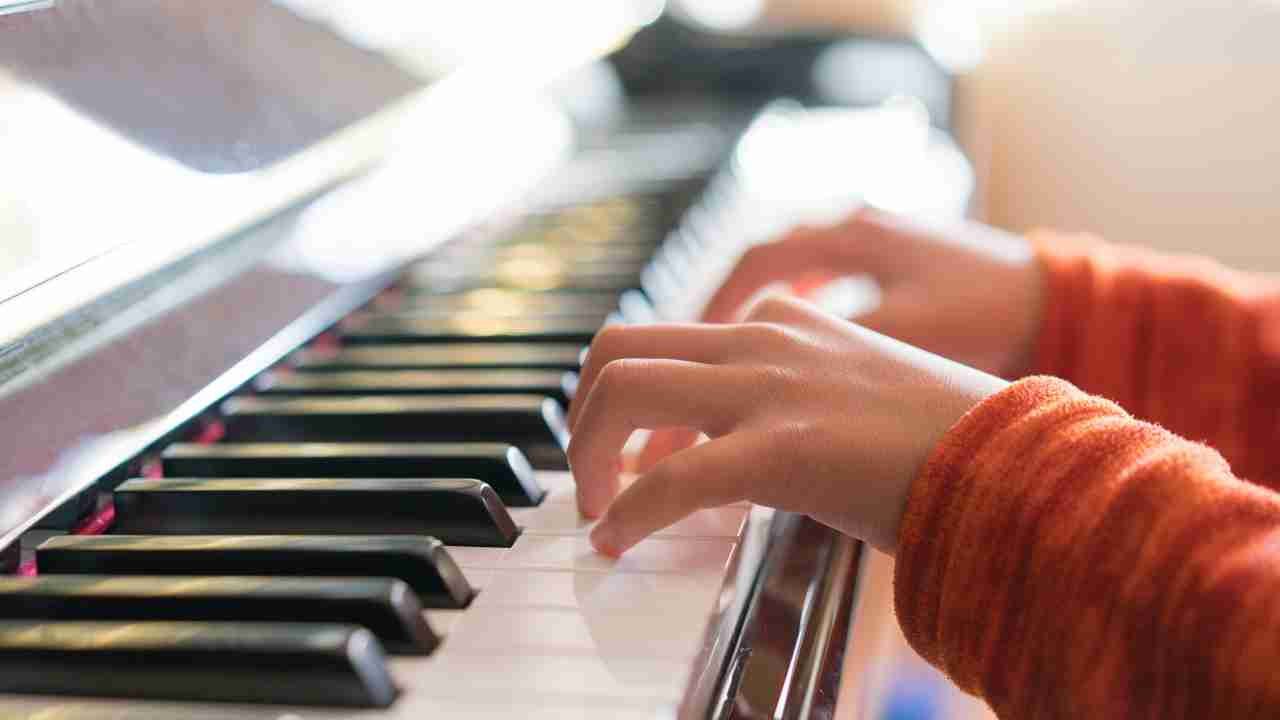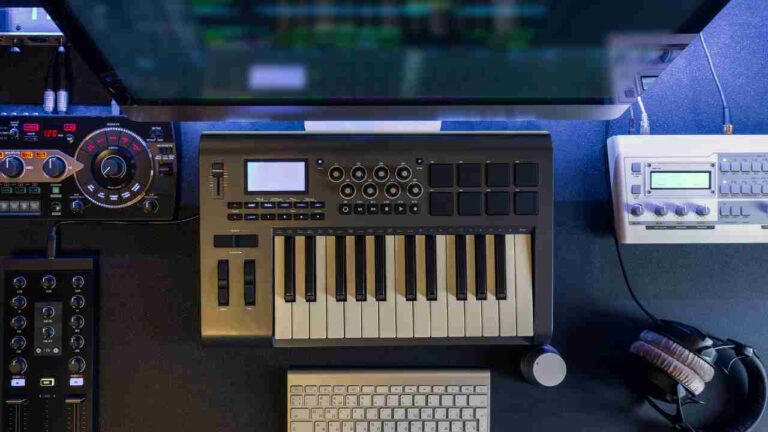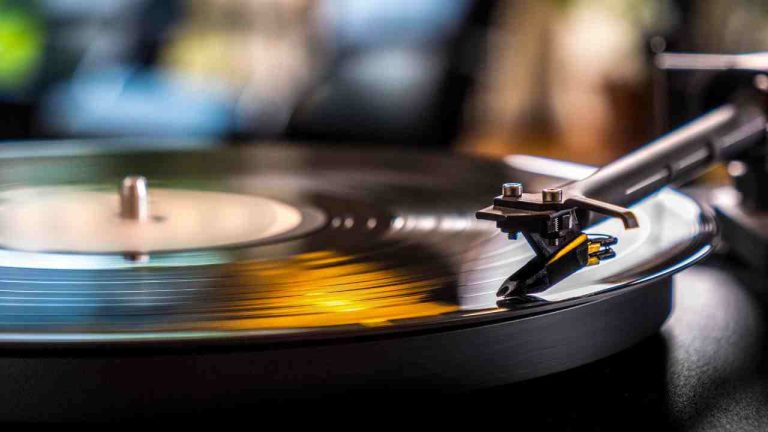Sitting down at the piano, poised with both hands floating over the keys, the challenge seems clear – how to get both hands to work together to produce music. Playing with two hands is one of the central skills pianists must master, yet it can be deceptively tricky for beginners. The key is finding the right balance between the left and right-hand parts – rhythmically, melodically, harmonically, and expressively.
When starting off learning piano, new players often focus almost exclusively on the melodic line carried by the right hand. As the right hand slowly picks out a tune note-by-note, the left hand provides sparse chords or bass notes to harmonize.
This imbalanced approach gets by initially but leads to a choppy, disjointed performance lacking fluidity. Only when both hands partner together seamlessly does piano music indeed come alive. Below are tips that will help you play piano with two hands.

1. Spread Attention Evenly
Beyond just synchronized rhythm, though, accurate two-handed playing requires learning to spread attention evenly between the differing roles of each hand. The left hand broadly provides structural foundations, outlining chords, bass lines, and rhythmic pulses that anchor the musical substance.
Though often less busy than the dazzling right-hand melodies and ornamentation, a solid left hand provides needed support. Training the brain to keenly listen to the left hand, even while playing complex right-hand parts, creates balance.
Begin enrolling in piano classes to help you spread attention evenly and help you learn how to play piano. For instance, classes offered by LUMIi will go a long way to ensure you memorize phrases and songs and practice playing piano with both hands. All you need to do is pick up LUMI keys and explore the ever-growing library of songs. Apart from exploring thousands of pieces of music in Lumi, every element is designed to be more intuitive and fun.
2. Practice reading the entire musical score.
Reading a total musical score with both hands at once takes dedicated practice. The first step is getting each hand technically comfortable with its part in isolation. For the left hand, that means drilling scale patterns, chord changes, arpeggios, and chromatic runs to build skill, independence, and speed. Syncopated left-hand rhythms with off-beat timing take particular work to lock in—meanwhile, the right-hand practices fluid melodies, advanced ornamentation, and precision in hitting intended notes.
As the hands individually strengthen, the next challenge is coordinating their motions simultaneously. Attempting hands together reveals tendencies for one hand to rush ahead or drag behind the other, losing synchronization. To sharpen timing, practice playing elementary parts together extremely slowly, steadily counting each beat aloud. Gradually build up speed while focusing intently on keeping both hands precisely aligned rhythmically. This systematic approach ingrains solid timing into muscle memory.

3. Specialized hand capabilities
Veteran pianists utilize the distinctive capabilities of each hand to share responsibility fluidly. The agile right hand specializes in nimble gymnastics, playing quick scales, wide leaps, sparkling trills, and varied articulation. The sturdier left-hand takes on thundering octaves, rolled chords, dense textures, and spanning extensions requiring greater physical heft. As the brain delegates roles between hands, they integrate into a cohesive musical dialogue.
This cooperative chemistry allows advanced pianists to transcend the technical limitations of a single hand. While one hand holds down an extended chord, the other hand may decorate with a flurry of notes or travel widely up and down the keyboard. Contrasting articulation between hands – for example, staccato in one hand while the other plays legato – also enriches musical variety.
4. Have flexible listening
In familiar repertoire, each hand internalizes its part so thoroughly that the pianist can shift focus between hands continually. This flexible listening keeps the hands perfectly synchronized while varying dynamics, articulation, and expression touch-to-touch.
To create musical nuance, the pianist controls subtle timing gradations between hands and precise voicing and harmonic coloring. This complete dynamic control only emerges through the extensive balanced practice of hands together.

5. Increase sight reading skills.
While technical skill in each hand and coordination between hands lays the foundation, advanced, two-handed playing further relies on excellent sight-reading abilities. Especially when encountering new repertoire, pianists must quickly scan the entire musical score, navigate complex rhythmic interaction between the hands, and translate notation directly to physical movements. As sight reading strengthens, pianists drain less mental bandwidth by decoding the note, freeing the capacity to channel more expression and interpretation.
Building sight reading skills relies on tapping directly into subconscious reactions without needing to actively think step-by-step about what to play next. Pianists develop very rapid hand reflexes connecting the visual map of notes on the page to sound output. Pianists reinforce speedy instinctive creations by tackling progressively more difficult sight reading challenges across various musical styles.

Conclusion
Even after investing years mastering two-handed playing, pianists continue honing their independent hand coordination throughout their careers. The quest for a balanced, cohesive sound between hands is a lifelong journey, demanding unrelenting mental stamina and concentration. But for all its challenges, level two-handed piano playing provides unique artistic rewards.
The interwoven conversation between hands creates musical magic unattainable any other way. Pianists unlock the instrument’s full storytelling power with two hands in step. As audiences hear intricately interwoven parts merge into a seamless artistic whole, the years dedicated to perfecting this balance resound beautifully.







